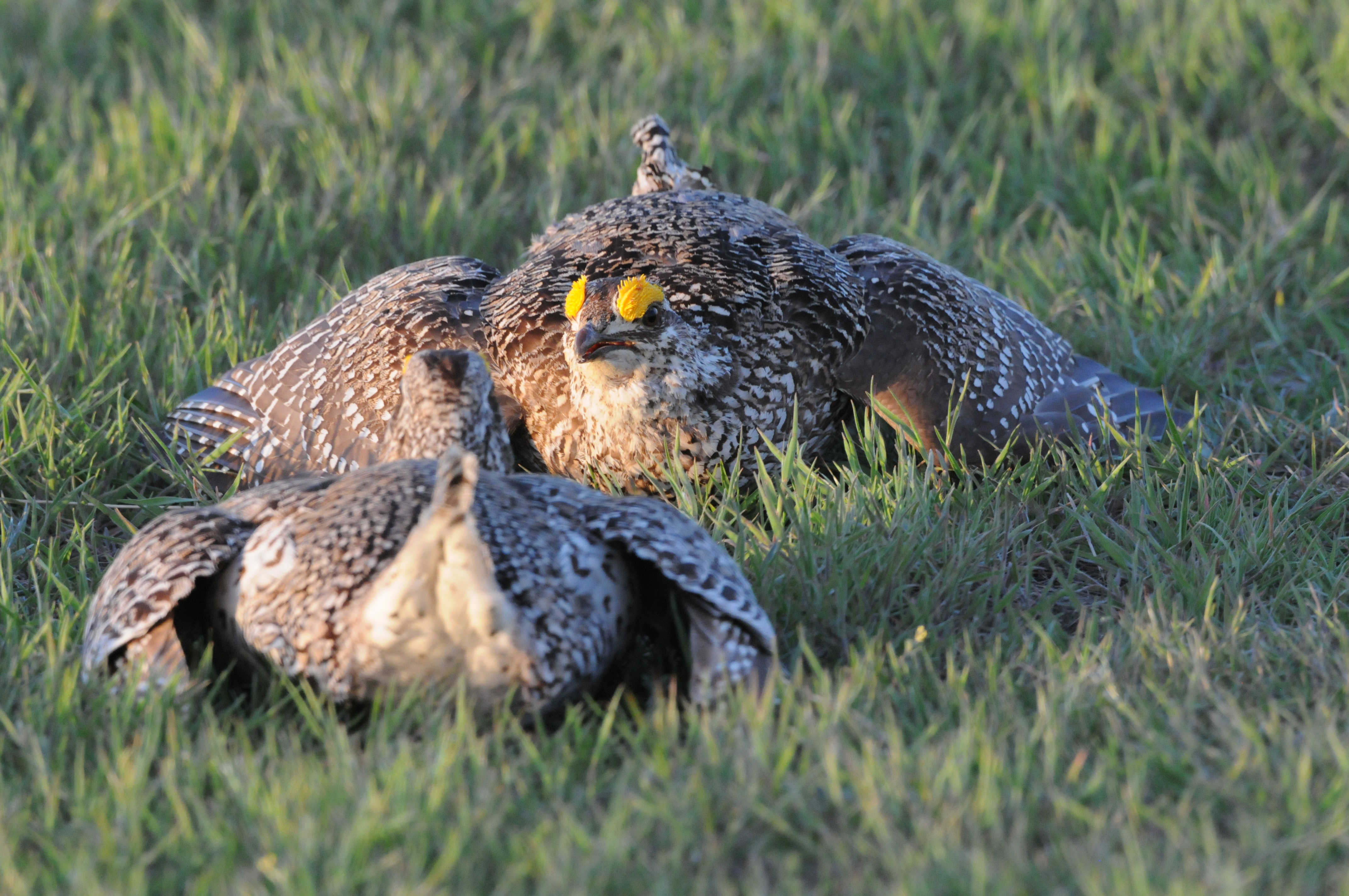
What We Do
Structurally, GPCN is a network of groups and individuals who support, promote, and work together to implement the GPCN vision. The Network is not a legal entity. GPCN has adopted a structure composed of the larger network, a steering committee, and working groups that are created on an as-needed basis.
Bison Working Group (Chair, Chamois Andersen, candersen@defenders.org)
This working group includes GPCN partners across the plains engaged in bison restoration and large-scale prairie habitat protection. Efforts by committee members include promoting collaboration with Native American tribes with established conservation or cultural herds, national parks with bison as wildlife, the American Prairie Reserve and other partners with a high potential for bison restoration and an increased awareness of the importance of recognizing bison as wildlife. The Bison Committee supports the development of a strategy to establish a network of prairie reserves across multiple states from Mexico to Canada, where additional bison conservation herds could be established. The Committee is also engaged in cooperative efforts for creating a program for the translocation of bison from Yellowstone National Park—animals of high genetic value—to conservation herds on tribal and public lands across the Great Plains.
2023 Priorities
To continue to share bison and grasslands research and projects with the wide variety of participants; to host webinars on new research and initiatives; and to partner on conferences and outreach when available. In addition, a subcommittee created in 2022 will continue to develop a best practices tool for bison restoration efforts, with an emphasis on bison managed as wildlife on large landscapes, including tribal and public lands. This tool will also address grassland management, bison habitat, herd dynamics and genetic diversity.
Mapping Working Group (Chair, Michael Menefee, Michael.Menefee@colostate.edu)
2023 Highlights: This group collaborated on the Homes on the Range project — a large-scale collaborative conservation planning initiative for the black-tailed prairie dog ecosystem and other large relatively intact grasslands in a region that stretches across North America’s Great Plains from Canada to Mexico. Through mapping and modelling, the team mapped potential landscapes for conservation that considered ecological, political, and social factors, along with changing climate and land use to maximize long-term conservation potential and co-existence with human activities.
Prairie Dog Working Group (Chairs, Lindsay Sterling-Krank, lsterlingkrank@humanesociety.org and Ana Davidson, ana.davidson@colostate.edu)
The Prairie Dog Working Group is focused on addressing biological, social, and political barriers to conservation of prairie dogs across the Great Plains. These mammals play important ecological roles but are often persecuted. The most significant challenges at present are sylvatic plague, routine lethal control, regulations impeding conservation efforts, and negative attitudes toward these rodents. One successful project for this working group was the Stakeholder Collaboration on the Thunder Basin National Grassland.
2022 Summary
A Black-footed Ferret Reintroduction Rapid Assessment Tool was developed in consultation with federal, state, tribal, and independent black-footed ferret experts. This tool helps land managers determine whether black-footed ferret reintroduction is feasible at a given site and to assess whether it can contribute to national recovery goals.
2023 Priorities
• Refine the Black-footed Ferret Reintroduction Rapid Assessment Tool based on practitioners feedback.
• Evaluate opportunities for advancing prairie dog conservation using the Homes on the Range Landscape Conservation report.
• Disseminate science on prairie dogs and plague mitigation.
Bird Working Group (Chair, Henry Pollock)
Created in February of 2024, the bird working group is identifying priority areas where this group can best utilize the broad reach of the GPCN without duplicating efforts of other organizations.
Riparian Working Group
The riparian working group is not currently active. If you would like to lead this group please reach out to gpcncoordinator@gmail.com.
The riparian working group focuses on the health and restoration of aquatic and riparian habitats in the Great Plains. This includes increasing both the quantity and quality of water available to support healthy ecosystems, and connections within aquatic ecosystems and between aquatic and terrestrial ecosystems.
